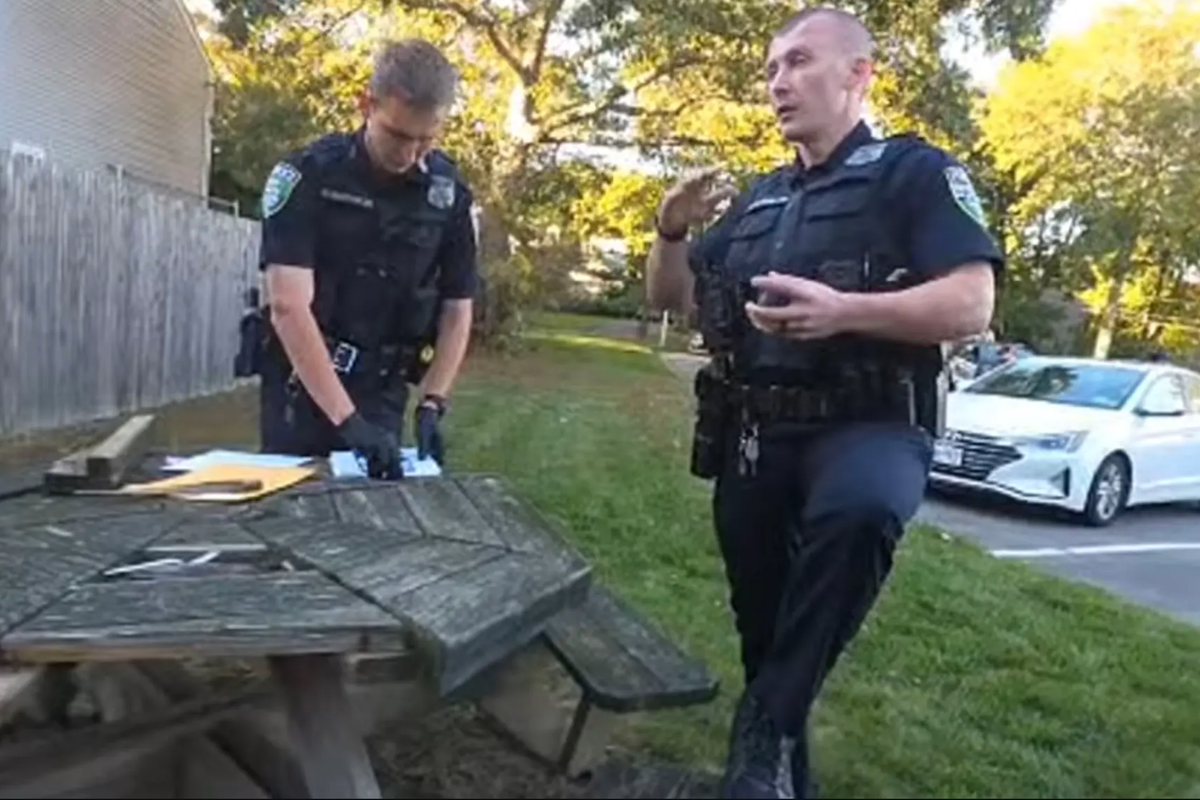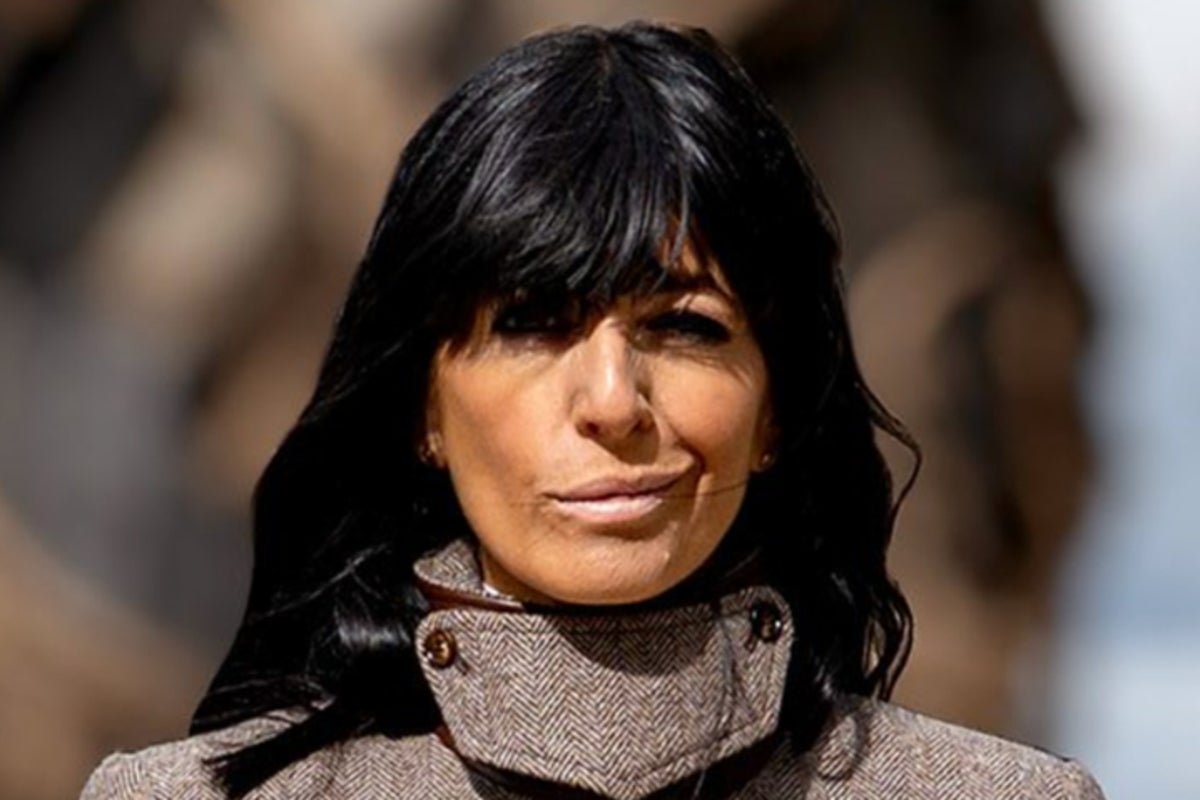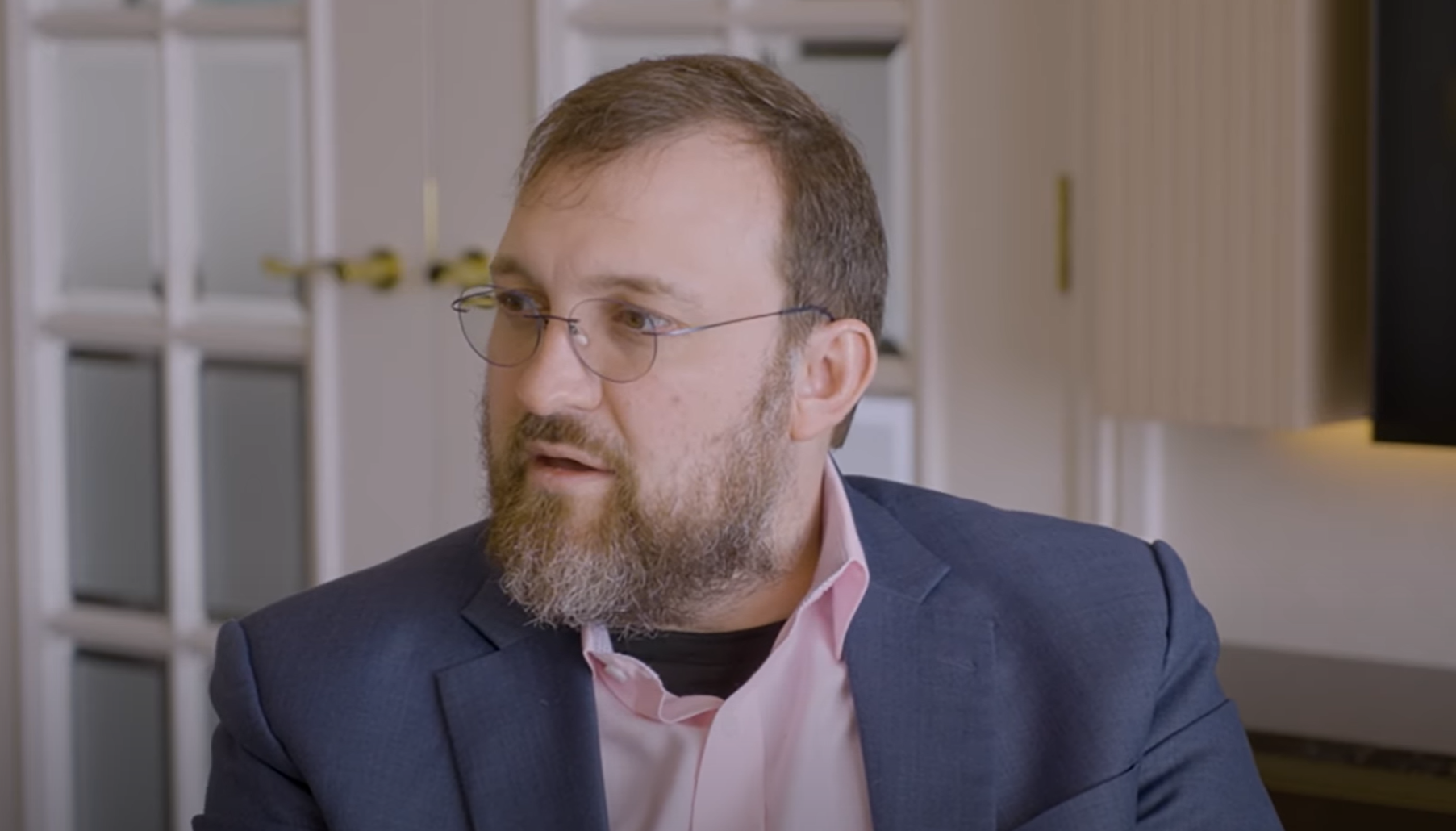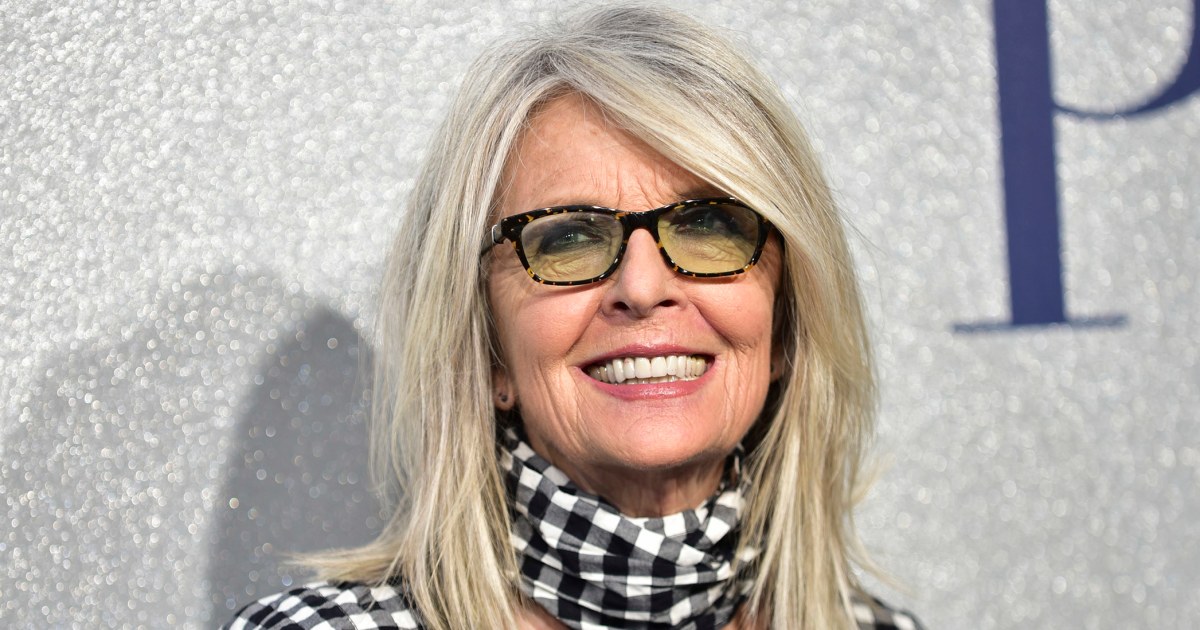This article is written by a student writer from the Her Campus at U Conn chapter and does not reflect the views of Her Campus.
Growing up, I told anyone who would listen that my favorite color was purple. All of my friends, family, and classmates knew that purple was my favorite color, and that is what made me different.
From Justice shirts, to iPod cases, to Silly Bandz I collected from my friends, my aesthetic was defined. I couldn’t quite explain my connection to the color purple at the time. All I knew was that my favorite color could not, under any circumstances, be pink.
Why? Well, I actually wasn’t entirely sure myself.
It wasn’t the result of anything directly said to me; rather, it was the experiences I had with pink growing up.
It was the laughter of my cousin when I grabbed the pink basketball for us to play with instead of the default one. I could hear the disgust in my classmate’s voice when my teacher put a pink candle on his birthday cupcake rather than a blue one. I would see smirks on the faces of boys dressed as Captain America when my friend wore her Pinkalicious Halloween costume to school.
I picked up the implication quickly. Pink meant weak, dainty, not as capable. I wanted to be strong, to stand out, to be taken seriously. From that point forward, I was determined to do everything I could to avoid being perceived as “girly.”
So I kept that front. For years. Not liking pink is what made me unique. Boys would notice me this way. Even if you asked me as a teenager why I still didn’t like the color pink, I probably wouldn’t give you a straight answer. “There’s just something about it,” I would say. Or, “I just like purple better.”
It wasn’t until the Barbie movie came out in the summer of 2023 that I was fully capable of processing why I held onto this resentment of the color pink throughout my adolescence. As I sat in the cinema watching this Barbie doll redefine what it meant to celebrate womanhood, I realized that I had been the one internalizing misogynistic stereotypes.

Pink in the Barbie movie meant power. Barbie was not only the highest-grossing film of the year, but the highest-grossing film ever by a female director at the box office. In Barbie, pink actually meant strong. I watched as teenage girls and elderly women dressed in pink walked out of the theater holding hands, looking around at one another and wondering if we all felt the same way. Pink meant belonging. Pink is understanding.
Pink is what unites me with my sister, my mom, my grandma, my teachers, my best friends and strangers. Pink is tenderness and warmth. Pink means love, passed through generations. Pink gives me a sense of belonging, of something bigger than myself.
Pink is not something to be embarrassed about; it is to be celebrated. Pink is beautiful. Pink is powerful. Pink is healing.
Now, I love pink. I mean, most of my belongings are pink. My room is decorated with pink pillows, blankets, and tapestries. Every device I own has a pink case. My closet is now full of pink clothes too, because pink makes me feel beautiful.
My rejection of the color pink as a child was not because I didn’t like the color, but because the world had taught me that embracing pink was embarrassing and laughable. Throughout my adolescence, I felt a need to prove myself and stand out so that male classmates and family members would take me seriously. But in doing so, I lost connection to my girlhood. Pink is now so much more than my favorite color to me; it is a symbol of womanhood, strength, and unspoken interrelatedness.

.jpeg)




































 English (US) ·
English (US) ·